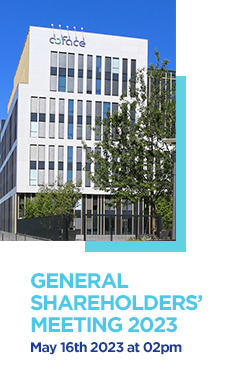United Arab Emirates: a new era of slower growth

The United Arab Emirates (UAE)’ economy is of the most diversified within the Gulf region. This diversification has become especially important since mid 2014, with plunging oil prices. Only 30% of GDP and nearly 20% of exports came from hydrocarbon revenues in 2015. This relatively high level of economic diversification has made the country less vulnerable to the shock in oil prices. Diversification efforts have helped the UAE to build up solid financial buffers that allow the government to continue supporting the economy’s non hydrocarbon activities.
Nevertheless, this situation does not make the country totally immune from the fall in energy prices, as two thirds of its fiscal revenues come from hydrocarbons. The government has thus decided to implement fiscal consolidation and to withdraw some energy subsidies. Coupled with less accommodative monetary policy on the back of the tighter US Fed policy, this fiscal consolidation could reduce the pace of growth of private consumption the leading force of economic growth in the UAE. The first chapter of this panorama focuses on the impacts of economic diversification on growth performance.
Nevertheless, the government is expected to continue spending on non hydrocarbon activities, which will support the economy. The UAE remains a very attractive economy for international investors. Its favourable business environment benefits from high productivity, excellent infrastructures, strong connections to international markets and a dynamic private sector.
These are the keystones supporting the development of sectors such as retail and tourism – on which this panorama will focus in the second chapter. Yet some challenges remain. Tighter liquidity conditions and higher costs are narrowing profit margins in the retail sector. In the tourism sector, lower energy prices and the depreciation of the Russian rouble and the euro against the dollar (to which the dirham is pegged) are putting pressure on corporate performance.
Coface has increased the risk level of the automotive sector from moderate to high, while the textile clothing, retail and agrofood sectors have been raised from medium to high risk levels.
The question of the sustainability of the currency peg system used in the Gulf countries will be addressed at the end of the first chapter
Download the Publication:
- Economic diversifica-tion: a buffer against lower energy prices
- GCC currency peg: how sustainable?
- Sector barometer
Contact
Do you have a question? a request?
CALL US:
Tel. : +33 (0)1 49 02 20 00
Media contact:
Adrien BILLET
adrien.billet@coface.com
+33 1 49 02 23 63
Taline SARKISSIAN
coface@rumeurpublique.fr
+33 1 55 74 52 34








